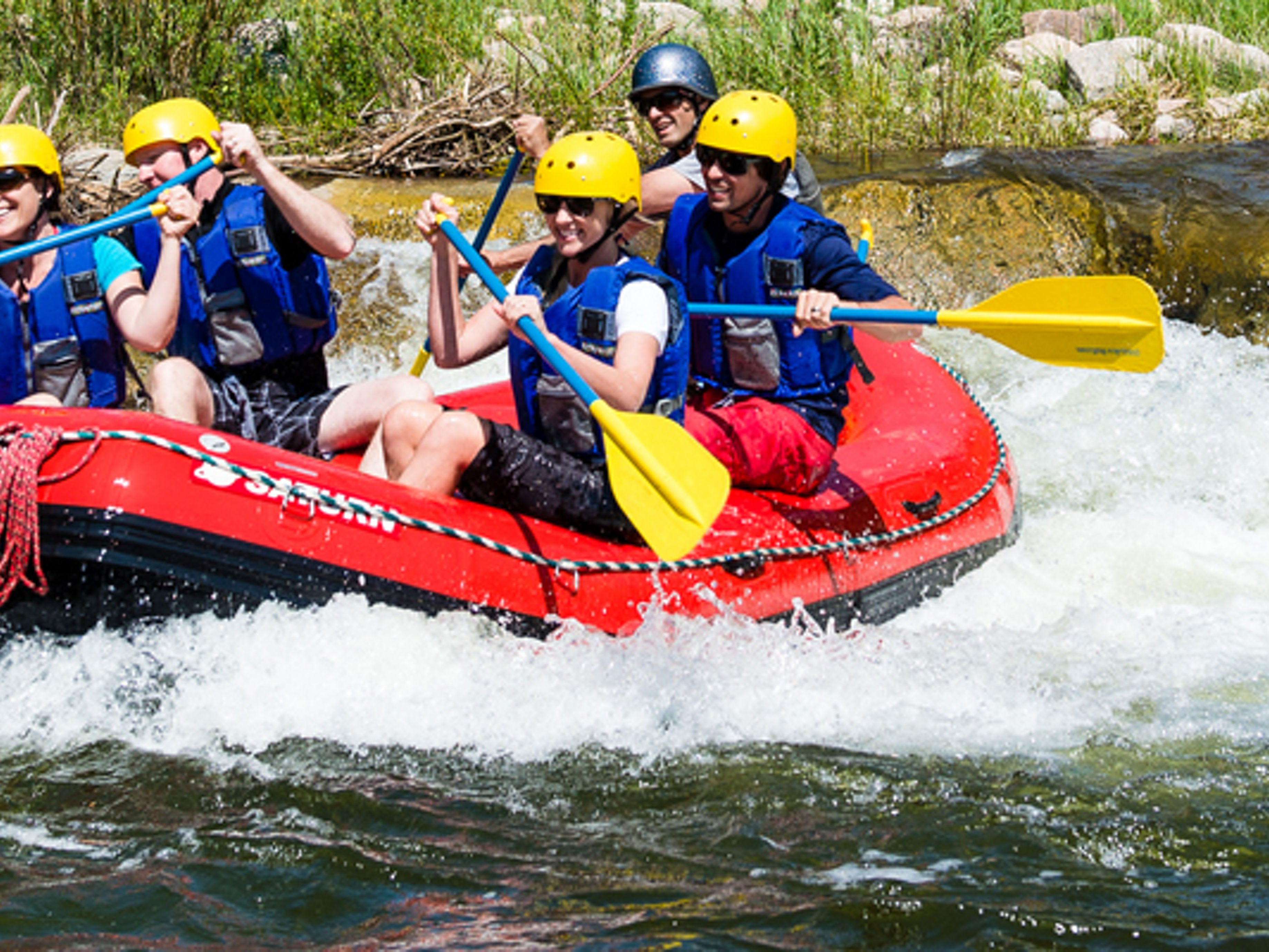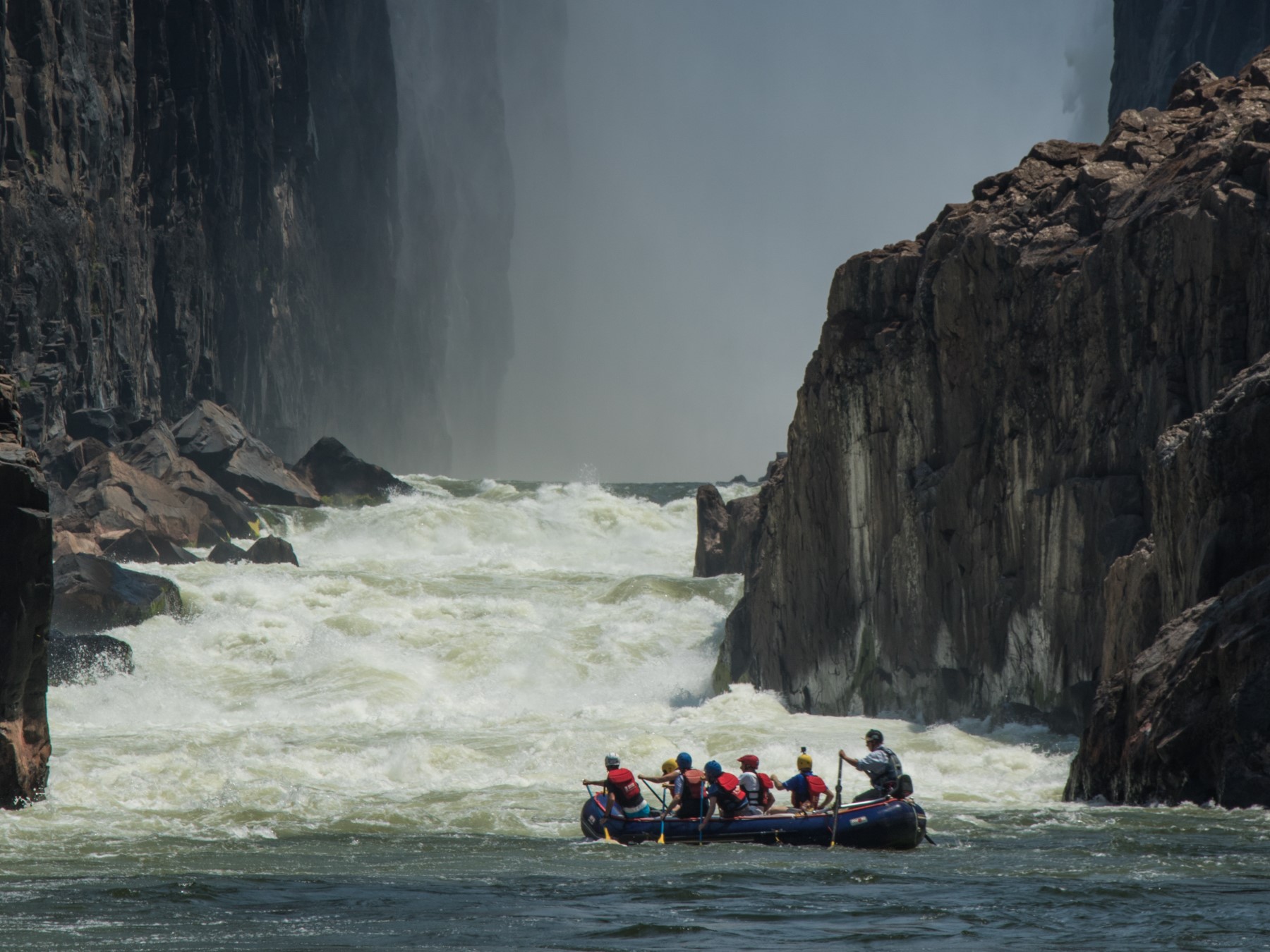Essential Abilities for Water Rafting
Grasping the art of water rafting calls for a combination of specific abilities and expertise to browse the unforeseeable currents of rivers, making it a thrilling yet possibly dangerous task. As enthusiasts get ready to start their following experience, it is crucial to equip oneself with essential proficiencies that go past simply paddling. From recognizing the ins and outs of river characteristics to swiftwater rescue techniques and seamless group interaction, the trip down the river requires a blend of experience and adaptability. With safety methods functioning as a cornerstone, individuals are faced with a diverse difficulty that necessitates a careful method and steadfast focus.
Paddling Techniques
Understanding efficient paddling methods is crucial for navigating water boatings safely and efficiently. Correct paddling not only moves the boating forward however additionally aids in navigating and guiding via differing water conditions. One basic strategy is the forward stroke, where paddlers dip the blade totally into the water and pull it back alongside the boating to produce propulsion. Timing and control are key to guarantee that all paddlers remain in sync, making the most of the power of each stroke.
In addition to the forward stroke, the draw stroke is important for making quick adjustments or pulling the boating closer to an object. By putting the paddle blade vertical to the water's surface and pulling the water towards the plethora, paddlers can efficiently change the vessel's instructions. The backstroke serves as a useful device for backing up or slowing down the boating when needed.
River Reading
Effective paddling methods, such as the forward stroke and draw stroke, play an essential role in browsing and translating river currents, an ability referred to as river reading. River analysis entails the capacity to evaluate the speed, deepness, and direction of the water circulation to make enlightened decisions while navigating rapids. By comprehending how the water moves barriers and with various networks, rafters can select the ideal route to securely go across the river.
One trick facet of river reading is identifying different sorts of currents, including hydraulics, eddies, and waves, and recognizing exactly how they can affect the raft. Eddies, as an example, are areas where the water flows in a round movement, typically offering chances for remainder or calculated maneuvers. Waves can show the existence of challenges or rocks, needing fast adjustments in paddling technique. Hydraulics, frequently referred to as "holes," are locations where water recirculates back upstream, positioning prospective dangers to plethoras.
Mastering the skill of river analysis is essential for risk-free and satisfying rafting experiences, allowing paddlers to navigate difficult waters with self-confidence and accuracy.

Swiftwater Rescue
Recognizing swiftwater rescue techniques is important for water rafting fanatics to respond successfully in emergency situations on fast-flowing rivers. Swiftwater rescue involves a collection of specialized skills and expertise focused on safely removing people from swift-moving water. One crucial aspect of swiftwater rescue is recognizing the threats present in fast-flowing rivers, such as strainers, undercut rocks, and strong currents, to prepare and implement effective rescue procedures.
Correct devices is necessary for swiftwater rescue, including throw bags, rescue ropes, helmets, and personal flotation protection gadgets. Rafting enthusiasts have to be proficient at utilizing this tools in high-stress situations to make sure the security of themselves and others. Furthermore, swiftwater rescue methods usually entail teamwork and control amongst rafters to implement intricate rescue maneuvers successfully.
Educating in swiftwater rescue is very suggested for people taking part in water rafting tasks, as it outfits them with the essential skills Bonuses to manage emergency situations promptly and effectively. White Water Rafting Colorado. By exercising and recognizing swiftwater rescue techniques, water click over here rafting enthusiasts can improve their security and that of their fellow rafters on challenging river explorations
Team Interaction
Efficient teamwork in water rafting relies heavily on smooth communication amongst employee to make sure coordinated and secure navigating through difficult river conditions. Clear and succinct communication is crucial for the success of any type of rafting expedition. Group members need to be able to properly communicate crucial details such as paddling commands, warning signals, and navigational instructions.
In the busy and typically uncertain atmosphere of river rafting, punctual and exact communication can imply the distinction in between a successful run and a possible calamity - White Water Rafting Colorado. Each employee plays an important role in the total interaction process, whether it be paying attention attentively to the overview's guidelines, relaying info to various other paddlers, or signaling for aid when needed
Developing a common language and communication system prior to hitting the water is necessary. This makes sure that everybody gets on the same page and understands just how to interact properly during the rafting trip. By cultivating a culture of open communication and common respect, rafting groups can improve their performance and security on the river.

Safety And Security Protocols
In the context of why not try here water rafting, the structure of team communication established throughout explorations is further enhanced with strict adherence to safety protocols. Safety procedures are critical in ensuring the wellness of both rafters and overviews throughout water rafting adventures. One vital safety and security procedure is the appropriate using of personal flotation protection tools (PFDs) by every person on the boating. PFDs are crucial in emergency situations to keep participants afloat and provide buoyancy. Furthermore, rafters should be well-versed in swiftwater rescue methods and methods in situation of a person dropping crazy or if the boating capsizes.
Another trick safety method is the detailed briefing given by overviews before starting a rafting journey. This instruction generally includes info on paddling strategies, what to do in instance of numerous emergencies, and signals made use of for interaction throughout the journey. Furthermore, it is vital to have assigned safety kayakers coming with the group to give instant support if needed. By strictly sticking to these safety and security protocols, water rafting expeditions can be both awesome and risk-free for all individuals involved.
Verdict
Finally, mastering crucial skills for water rafting is vital for a secure and delightful experience on the river. Paddling techniques, river analysis, swiftwater rescue, group communication, and security procedures are all essential parts that add to an effective rafting trip. By sharpening these skills, rafters can navigate difficult waters with confidence and make sure the safety of themselves and their employee.
Grasping the art of water rafting needs a combination of exact skills and expertise to navigate the unpredictable currents of rivers, making it a thrilling yet potentially harmful activity. By putting the paddle blade perpendicular to the water's surface area and drawing the water in the direction of the raft, paddlers can properly change the vessel's instructions.Understanding swiftwater rescue methods is crucial for water rafting lovers to react effectively in emergency circumstances on fast-flowing rivers.Effective synergy in water rafting relies heavily on seamless interaction among team members to make certain collaborated and safe navigating through tough river conditions.In final thought, mastering necessary abilities for water rafting is essential for a pleasurable and safe experience on the river.